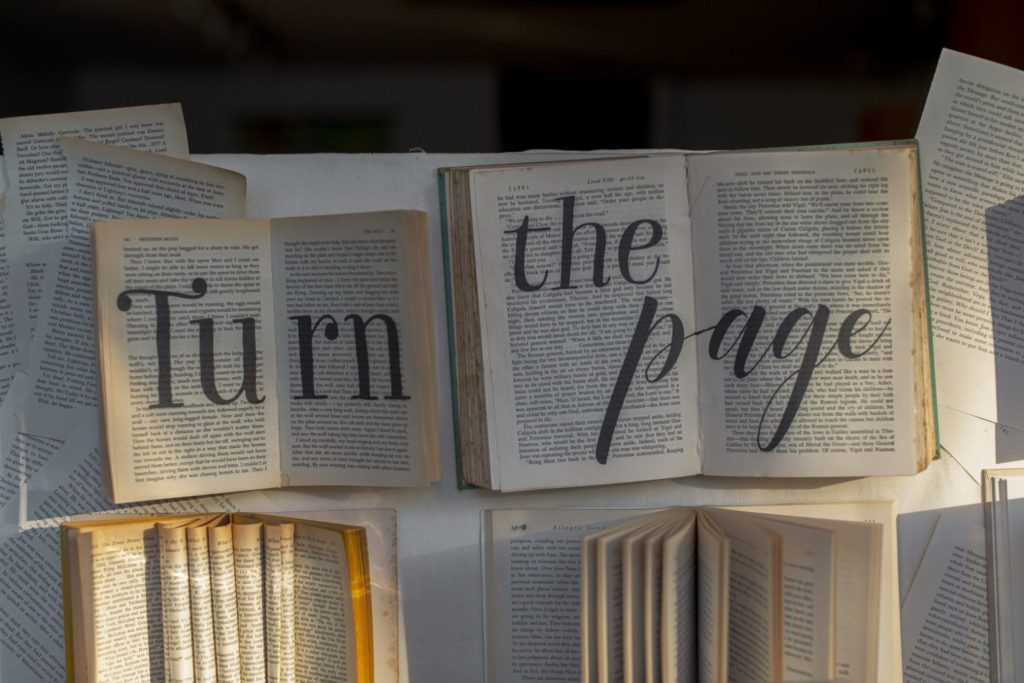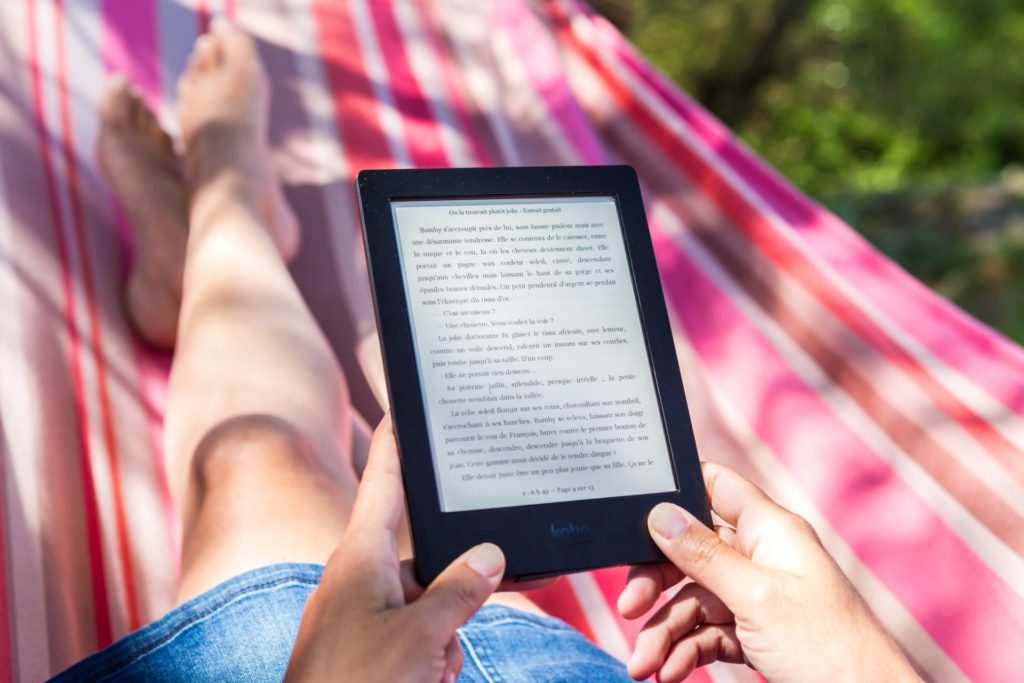That is not a typo. Last year I read 136 books throughout the calendar year.
This post is not a humble brag. The fact is, reading is an incredibly important skill and should be a part of every human’s daily routine. This is not a statement intended to elicit motivation, or to shame you into reading more. There is only one simple goal with this messaging:
Anyone can find the time to squeeze in a little reading every day.
The amount that you want or choose to read is up to you. Reading give numerous benefits in cognitive function, mental stimulation, vocabulary and memory improvements, and sometimes you learn a thing or two while doing it. Unfortunately, people are doing less reading now than in the past. An oft-cited study from 2014 states the following:
“…young people read less than ever, apparently, with people ages 25 to 34 reading eight minutes a day on weekends and holidays, while those 20 to 24 average around 10. This, of course, is a decline: a report from Common Sense Media found that 45% of 17-year-olds admit only reading for pleasure a few times a year — up from 19% in 1984.“
from You Won’t Believe How Little Americans Read
At this point it might be apropos to delve into an analysis of the modern world and the myriad distractions, screens, events, activities, and various other excuses why reading time is going down in the general population. It would be easy to cite the physiological and emotional changes that can come from too much screen time and the changes that this brings about due to a reduction in empathy as a society.
This could easily lead into a dissection of economic differences and how the wealthier among us share a common trait of growing knowledge by reading. This investigation would be bolstered by the many examples illustrating this in action including Bill Gates, Mark Cuban, Barak Obama, and Warren Buffett.
Yet that is not the intent of this article. The intent is to communicate how one busy individual (me) managed to read more than 10 books a month in 2019 and the plans in place to grow this amount in 2020. So let’s pull back the covers and reveal the deep, dark secrets that led to this high level of success… or at least cover the simple tricks that were used to get more time out of the day.

2019 Methods – Audiobooks For My Commute
The biggest contribution to the quantity of reading accomplished last year revolved around audiobooks. A few years ago I found my interest and time available to read dwindling away to almost nothing. What had been a voracious habit through most of my life was down to less than a handful of books a year.
Late in 2018, having being introduced to Audible, a new obsession with reading was rekindled (no pun intended). At the time, a few years into my current role an hour’s drive away for a company a state away, every day consisted of listening to NPR with the occasional bouts of either silence or random dial-spinning music. One day I added an audiobook on my phone, plugged in a pair of headphones and suddenly reading was at the top of my todo list again.
We all commute in some for or fashion. There are always breaks in the day that we can fill up with the magic of books. Sure – you might not have a built-in 2 hours per day to sit in a car going back and forth to work to listen, but I would challenge you to look for the times when you can steal 5, 15, or 30 minutes to get some good reading time in.

2019 Methods – Listening Faster
One of the wonderful and amazing things about technology these days – there are some very smart Engineers behind the apps and devices that we use on a daily basis. A method that I highly recommend to listen “faster” is to increase the speed of your reading. This doesn’t mean going out and taking a class in speed reading.
Humans are incredible listeners. According to scientists, humans can understand speech at upwards of 400 words per minute. While that may constitute an upper boundary on understanding, it has been suggested that, comfortably, humans are more suited towards a speed range around 275 words per minute.
There is a reason that AUdible and other audiobook and podcast players have speed controls. Use them!
This may take some trial and error. My normal rate for listening is 2.0X speed. However, occasionally due to to the reader tone or accent that is sometimes dropped down to 1.8X, 1.7X, or in some cases, 1.5X. The point here is not to provide a listening target – but to encourage you to experiment and determine a method where you are comfortable hearing and understanding.
In doing so, you will cover a lot more ground and have upwards or double the opportunities to experience books than you do at normal speed.

2019 Methods – Walking the Dogs
Another great way to introduce additional reading time into your routine is to use it to motivate yourself to get more exercise. The dogs need to be walked every day and I want to read more everyday. So, both of these become easier when I am engrossed in an amazing book and want to know more and that is achieved through taking the dogs for a walk.
In doing so, I am adding 30-60 minutes of additional reading into my daily routine and effectively pulling double duty in both getting exercise as well as reading more. Definitely a win-win.

2019 Methods – Finding The Right Devices, Equipment, And Listening Solution
In my year and a half listening to audiobooks, it has taken quite a while to get everything settled and working in a nice and easy, efficient manner. Don’t be afraid to experiment with different devices and solutions to achieve a good combination that works for you and your listening habits. Here is my current listening solution:
- My Phone – This is my audio player. Pretty much any smartphone these days will work for this purpose. I prefer Android and currently use a Pixel 3, but I know through my research that iPhones will work just as good
- My Listening Device – This started with a pair of regular earbuds, but after the connection port on my phone was damaged I wanted to find some wireless earbuds. While expensive (~$180), I settled on a pair of Jaybird Vista bluetooth earbuds. These were chosen because they work well if only one earbud is in use, which is a big consideration for me as I am deaf in one ear and only use the right earbud. These are small, recharge quickly and are overall a great set of wireless earbuds and work great for my use case
- My Audiobook Source – While Audible is great, it is definitely tied into the Amazon system. I prefer a little more independence for my target solution. Therefore, I set up my own audiobook server! Booksonic is an open source, self-hosted audiobook server. After getting it up and running I can load lots of books on it and have a ready-to-go library that is accessible anytime from anywhere. This solution does require having a personal server to set something like this up, so the barrier to entry may be higher than you want to pay, but this should be able to run on a raspberry pi so even if you don’t have a server pc lying around, it shouldn’t run more than about $30 to get one up and running from scratch
- My Audiobook Player – After trying and testing pretty much all of the major players on the Google Play store, my favorite is Smart AudioBook Player. This is a great player that checks all of the boxes I need in a solution including cost (free), playback speed (up to 3.0X), a sleep timer, and a great feature called audio boost that bumps up the output volume (great for airplanes)
Now that 2020 has started, my goals are changing. The goal never is to hit a certain number or to read more books than last year. To me, that defeats the purpose of reading. It is meant to be a fun and enlightening pastime. Having to hit a threshold of at least 137 books this year turns that into a burden. Instead, I am expanding my reading goals in a number of areas.

2020 Goals – eBooks
There are many times and instances where audiobooks are not the best method for reading. At night before bed is a great example. So when I got a Kindle Oasis for Christmas at the end of 2019, this new tool would allow me to explore other areas of reading, like at bedtime.
Another reason for wanting an eBook reader is due to wanting to be able to bookmark and take notes on ideas and quotes from books. When reading business books or other nonfiction reads, often I want to refer back to specific segments of the text. This is essentially impossible while driving and listening, but is pretty easy to do when holding a physical device.

2020 Goals – Real Books
What?!? Read an actual, physical book? I have a rather large collection of bound stacks of paper at home and it would be good to get back to reading them at some point. This is another goal for 2020. Again, this is not a means to hit a certain count, but to explore different areas and making reading a big part of my daily routine.
2020 Goals – New Genres
If 2019 was the year of Science Fiction reading for me, 2020 is yet-to-be-determined. Last year was a whos-who of luminaries including John Scalzi, Martha Wells, Yoon Ha Lee, Kameron Hurley, Richard Morgan, Douglas Adams, and Cixin Liu. This year I already have queued up some other genres to get into including biographies from Walter Isaacson, some nonfiction from Neil DeGrasse Tyson, and, because I am curious, a few books by Andrew Yang. While there might also be some Frank Herbert, Neal Stephenson, and Iain Banks on that list as well, 202 will be about exploring new genres and areas.
“A reader lives a thousand lives before he dies . . . The man who never reads lives only one.”
George R.R. Martin
No matter your taste in books, method of reading them, and amount that you read, the fact is that the simple act of reading adds flavor and depth to the human experience and helps us all to be better people. I hope that you have your own methodology around reading and work to make it part of your daily routine. Thanks for reading!


Comments are closed, but trackbacks and pingbacks are open.